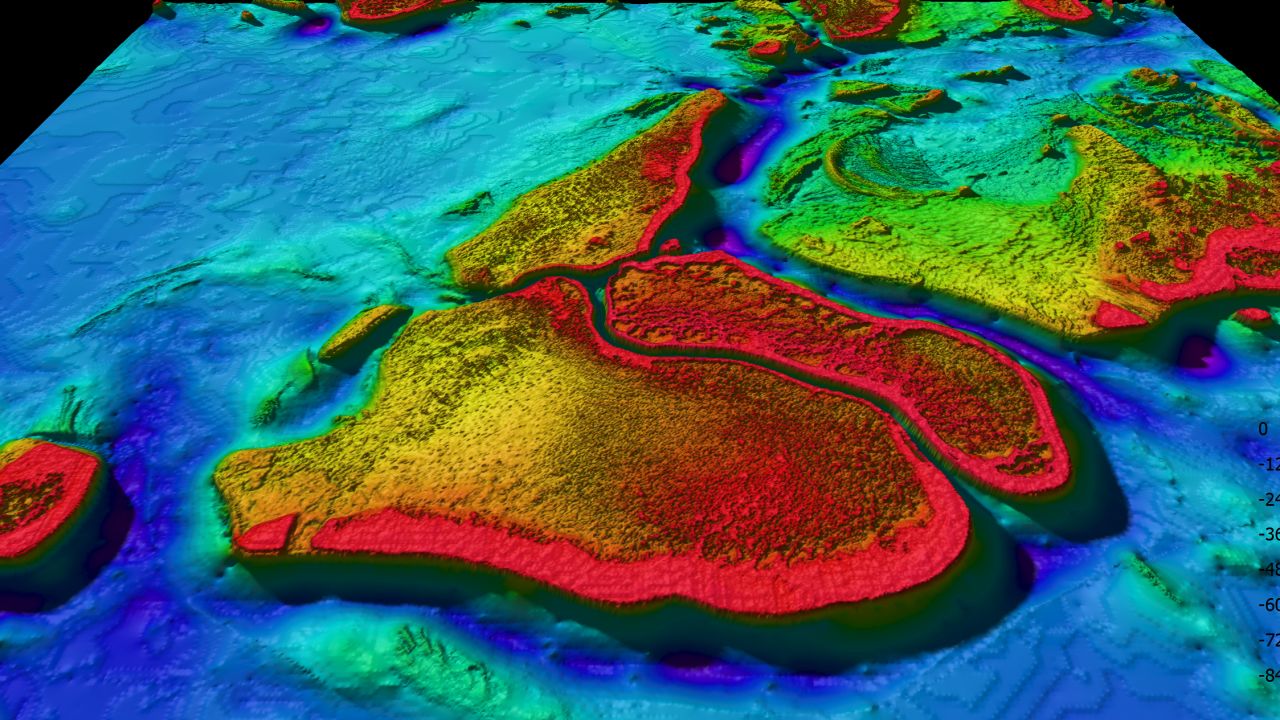Media Release ·
Citizen scientists needed to help map the Reef

The SmartLog innovation will enable us to put many more sets of ‘eyes’ in the water
James Cook University is calling for volunteers to help map the seafloor around the Great Barrier Reef to better protect the natural icon.
JCU marine geologist Dr Robin Beaman said the Royal Australian Navy does great work mapping the main shipping channels and hazards to navigation such as coral reefs, but there are still many areas that need to be mapped.
“Around 40% of the vast Great Barrier Reef shelf has been mapped with digital depth soundings using modern equipment, but there are some remote areas lacking any digital depth data,” he said.
Dr Beaman said there was an untapped resource that could be used to help fill the gap.
“Many vessels on the Reef use relatively sophisticated echo sounders, combined with GPS, to measure the depth of water and conduct safe navigation. They give a good picture of the sea floor, but the problem is the data is not logged – it just appears in the moment and then is lost,” he said.
In 2018, together with underwater-film specialists Biopixel, the JCU team tested a SmartLog USB data logger, developed by TeamSurv in the UK. Depth and GPS position data are downloaded through Smartlog direct to a USB stick.
The Great Barrier Reef Foundation has provided $10,000 to the group to install loggers on volunteer vessels.
“The SmartLog innovation will enable us to put many more sets of ‘eyes’ in the water to give scientists an accurate picture of the Reef right now and to help map areas of the Great Barrier Reef that we know very little about,” Great Barrier Reef Foundation Managing Director Anna Marsden said.
“It’s a unique opportunity for citizen scientists to easily capture and deliver valuable data to Reef scientists that can be used to inform restoration and adaptation efforts on the Reef.
“Ultimately the Reef will benefit from these types of innovations and the Great Barrier Reef Foundation, with support from our corporate partners, is pleased to be able to help elevate this project to the next level,” she said.
“We have partnered with the Great Barrier Reef Foundation to establish a pool of SmartLog USB data loggers in Cairns. The Citizens of the Great Barrier Reef are also involved, which gives people a role in contributing valuable citizen science data to improve a dataset that helps the Reef,” said Dr Beaman.
He said the group is mainly looking for expedition-style vessels that may travel multiple days to remote parts of the Reef, and that also have GPS navigation and echo sounder systems onboard.
“It’s a simple process to install the data logger and the ongoing maintenance just involves collection of the depth data off the USB stick,” he said.
Dr Beaman said the aim is to use the new depth data to improve the accuracy of the 3D depth model of the Great Barrier Reef.
“The shape of the underwater landscape, with its shallow and deeper reefs, pinnacles, holes and channels, influences the path of seawater carrying cooling waters, nutrients and sediment through the reef matrix.
“Detailed knowledge of the seafloor depth is critical for understanding the distribution of seabed habitats, to provide data for coastal inundation forecasting, flood plume modelling and crown-of-thorns starfish control efforts,” he said.
He said the 3D depth data will be also shared with the International Hydrographic Organization’s Data Centre for Digital Bathymetry and the Australian Hydrographic Office.
Volunteers can apply to be part of the project here, or contact Dr Beaman at robin.beaman@jcu.edu.au - telephone (07) 4232 1693




